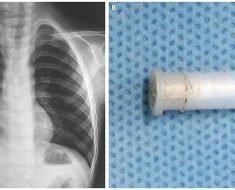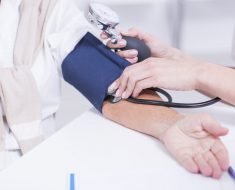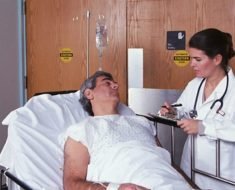Dr Amit Gupta said the guidelines have been issued in the wake of "irrational use of steroids, and irrational panic for Remdesivir"
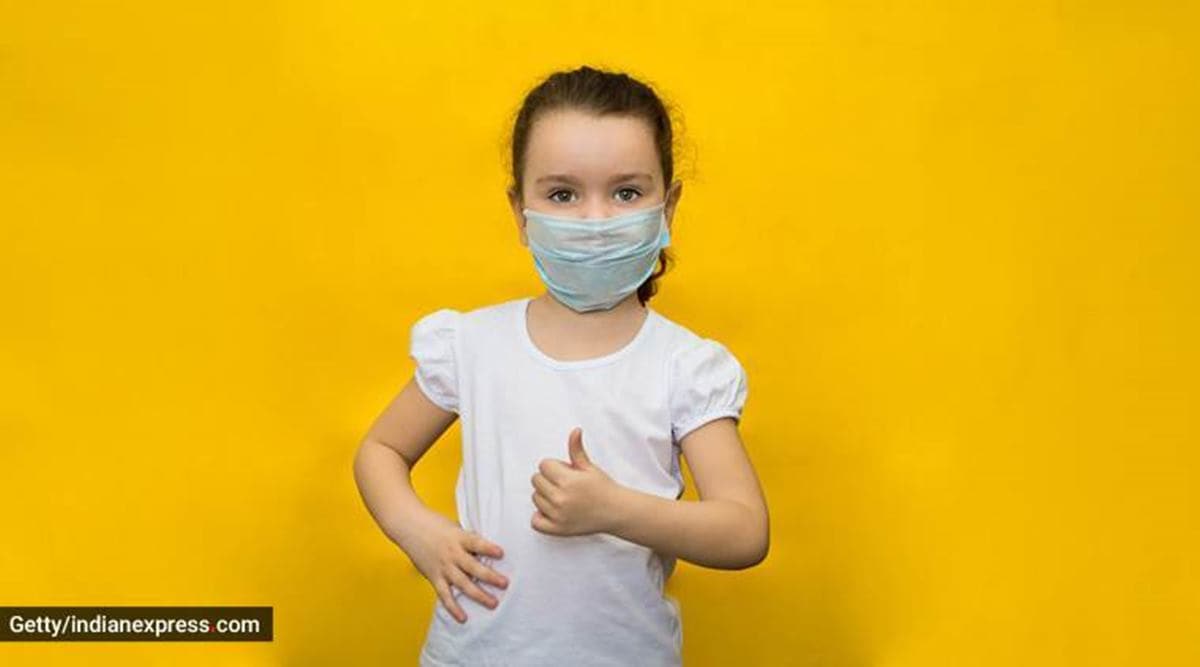
As per the new guidelines for Covid management in children released by the Directorate General of Health Services (DGHS), children aged 5 years or less are not required to wear masks. Those in the age group of 6-11 years may wear a mask “depending on their ability to use a mask safely and appropriately under the direct supervision of parents or guardians”. Previously, children only below two years of age were not needed to wear masks.
Dr Sudip Chowdhury, consultant paediatrician, Columbia Asia Hospital, Palam Vihar, Gurugram, said, “Face masks can be safely worn by all children two years of age and older, including most with special health conditions, with rare exceptions. Children should not wear a mask if they are under two years old, because of the risk of suffocation. Also, anyone unconscious or unable to remove a face covering on their own should not wear one.”
The guidelines also state that children above 12 years of age should be treated like adults and have to wear masks.
Dr Neha Singh, consultant, Pediatric Hematoncology and BMT, Paras Hospitals, Gurugram however stated that “anyone can wear a mask when they need to be near other people”. “A mask is an extra way to stop germs. Some people might wear a homemade cloth mask. Masks remain a simple but powerful tool to protect against Covid-19, especially for children too young to get the vaccine yet. Until a child is fully vaccinated against Covid, they should continue to wear a face mask and keep a safe physical distance indoors around people they don’t live with or who may have the virus. Anyone unvaccinated should also wear face masks outdoors in large group settings or when physical distancing isn’t possible,” she told indianexpress.com.
It must be noted that children should be given face masks that do not have any metallic components and attachments, mentioned Dr Singh.
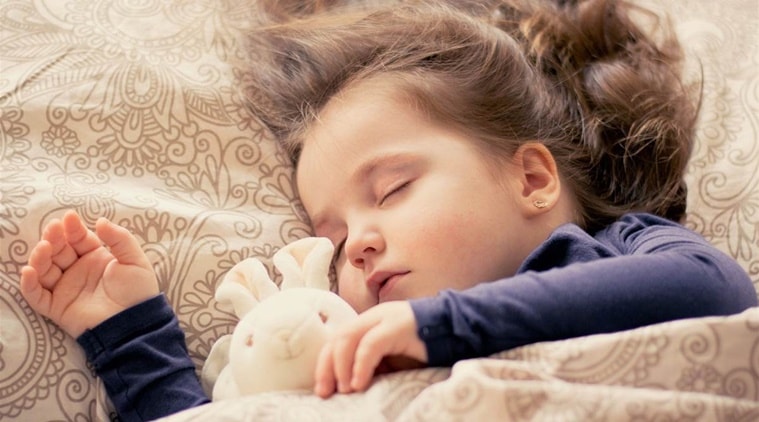
But why has the age of wearing masks been increased from two to five years?
“The probable cause can be that children playfully pull it down the nose and mouth, or are not able to maintain mask hygiene which makes them prone to catching the virus. Whereas children about five or above tend to start understanding instructions,” said Dr Amit Gupta, senior consultant pediatrician and neonatologist, Motherhood Hospital, Noida.
Meanwhile, the guidelines also state that children below the age of 18 years should not be given Remdesivir for treatment of Covid-19. DGHS also prohibited the use of antimicrobials for treating the infection as they have no role in the prevention or cure of viral infections like Covid-19. The guidelines, however, mention that “antimicrobials to be administered if there is evidence/strong suspicion of superadded bacterial infection. The child may need organ support in case of organ dysfunction.”
Dr Srikanta J T, consultant – paediatric pulmonology, Aster RV Hospital, Bengaluru said, “Antimicrobials are not recommended for children unless severe infection happens. Mild and moderate infections can be relieved with paracetamol. In fact, The Indian Academy of Paediatricians, Karanataka Chapter came out with a clear guideline of what to do and what not to do, and this is what has been echoed by the new guidelines,” he told indianexpress.com.”
Agreed Dr Gupta who said that the guidelines have been issued in the wake of “irrational use of steroids, and irrational panic for Remdesivir”. “Steroids should be used at the right time, in the right dose, and for the right duration. Self-medication of steroids must be avoided,” said Dr Gupta.
Another pertinent aspect has been the six-minute walk test for children if parents fear that the child has the infection.
“It helps to assess cardiopulmonary exercise tolerance and is used to unmask hypoxia. Place a pulse oximeter to the child’s finger and ask them to walk in the confines of their room for six minutes continuously,” mentioned Dr Gupta.
The six-minute walk test is only recommended for children of and above 12 years of age. It becomes significant if there is a drop in saturation of more than three percent or pulse oximeter reading falls below 94 percent, said Dr Vinit Samdani, pediatrician, Bhatia Hospital Mumbai.
For more lifestyle news, follow us: Twitter: lifestyle_ie | Facebook: IE Lifestyle | Instagram: ie_lifestyle
Source: Read Full Article


